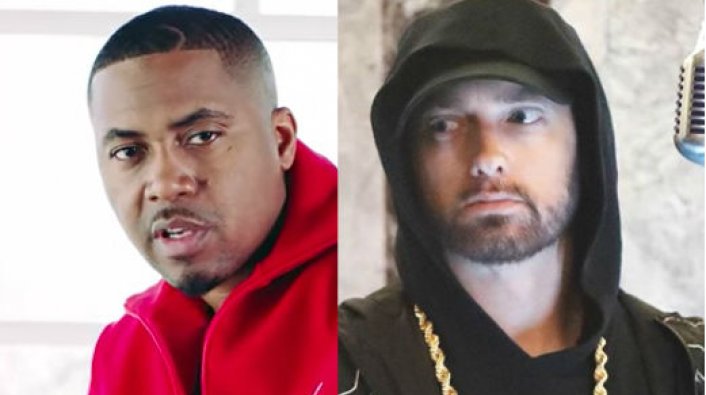“Darkness” represents a rich tradition of lyrical rap, from a man widely considered one of its greatest living representatives. Rap music is one of the core variations of hip-hop, which has direct roots in black American musical traditions like disco, blues, and soul, considered in some senses an extension of these traditions in style, instrumentation, and theme. It has separated from blues as a musical tradition mainly because of its drastic variety and distinct emphasis on beats and repetition. Elijah Wald, writing on the evolution of hip hop from blues, said in a 2004 article, “the brilliance of hip-hop production is probably old news, but for most of us older blues fans, the beats were always a stumbling block. We could hear that rappers were descended from bluesmen (and, far more rarely, blueswomen), but the sampled disco tracks and mechanical rhythm machines had a sterility that seemed like the antithesis of everything we loved about blues.” Nevertheless, its accessibility and potential for variety has made hip hop a new frontier for storytelling.
As rap has increased in its storytelling variety over the years, it has become, in my view, ever more representative of the spirit of blues. It’s a form of expression rooted in community, honesty, and personal storytelling. Oral storytelling is essential to the African-American tradition, extending into African culture in the form of traveling griots. Indeed, within certain African cultures, there were things acceptable to say about others in song which were not acceptable to say in other contexts.
Since rapper Rakim introduced multi-syllabic flows, the genre has taken on the sophistication of other forms of storytelling. The most lyrically talented rappers use metaphor, tension, and subversion, along with compelling instrumentation, to make a message more powerful than it might ever have otherwise been. Some prominent examples include “I Gave You Power” by Nas, in which he raps from the perspective of both a man and his gun, “Ross Capicchioni” by Joyner Lucas (a personal favorite), which tells the story of a gang initiation survivor from the perspective of both the victim and assaulter, and “Stan” by Eminem, telling a fictional story of written interactions between himself and a suicidal fan. An article by Yoh Phillips points out that these tracks become more compelling because they use small details to give characters extensive backstory, and provide insight into situations normally not seen or discussed.
I find “Darkness” to be Eminem’s most compelling story since “Stan,” particularly in how the song’s music video helps sell the audience’s expectation that the entire song is about him, when really he’s rapping about the Las Vegas shooter. Like other powerful storytelling tracks, “Darkness” also uses sound effects to place the listener in the setting, such as pulling curtains, firing bullets, or a moment of silence. It creeps uncomfortably close to an already uncomfortable narrative, exemplifying the often harsh reality that defines rap.

Leave a Reply